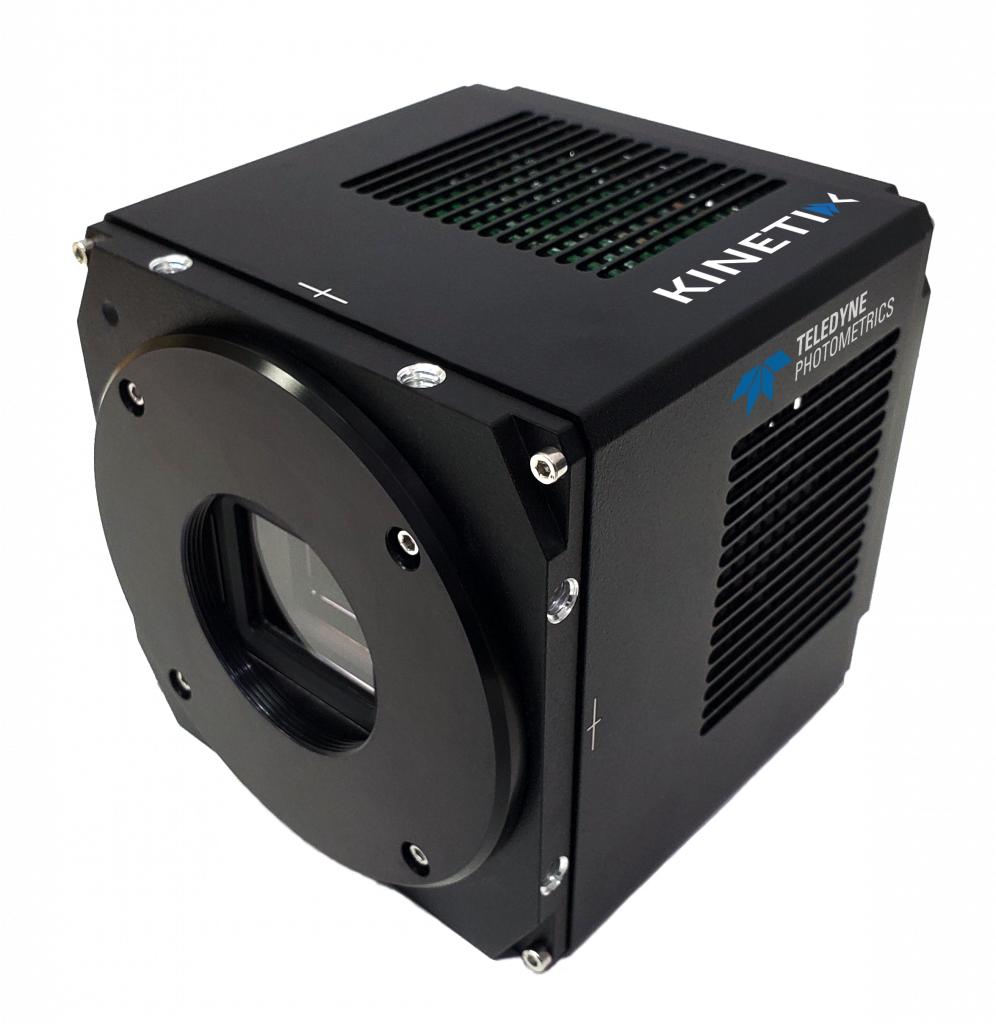Dr. Leonardo Sacconi
Cardiac Imaging Group, National Institute of Optics, National Research Council, Italy
Background
Dr. Leonardo Sacconi is a senior researcher at the National Institute of optics and group leader of the Cardiac Imaging Group, which aims to develop novel imaging modalities for research into cardiovascular physiology and pathology. Using techniques such as calcium imaging, multiphoton excitation, and light sheet, Dr. Sacconi is able to investigate both the structure and function of cardiac tissue.
Dr. Sacconi further explained one experimental focus, “We use advances in tissue transformation, staining and processing to reconstruct the entire anatomy of cardiac tissue, especially mouse hearts, in order to have a mesoscopic reconstruction of the heart with subcellular resolution. This is to establish a correlative framework where we can apply our functional data to the structure of the model.”
This work is done on entire mouse hearts in 3D, with hearts being optically cleared using CLARITY or SHIELD protocols. Using a newly-developed light sheet system based on the mesoSPIM initiative, the large heart samples (~1 cm in diameter) can be imaged with an axially scanned light sheet to the resolution of 5 µm.

Challenge
The sample size is in the order of centimeters, as Dr. Sacconi is imaging entire cleared mouse hearts. This means a very large FOV is beneficial, otherwise, experiments would involve long acquisition sessions with many images stitched together, also requiring large computational commitment. Dr. Sacconi ran into these issues with a previous CMOS camera solution, “The previous CMOS camera we used had a small sensor and wasn’t able to acquire the entire heart, so we decided to switch.”
This large FOV also needs to match a low magnification, standard low mag (2-4x) objectives typically have a low numerical aperture (limiting resolution) and a small FOV. Dr. Sacconi saw this limitation and planned to use a custom lens, “The FOV of normal low mag objectives is normally very limited, so we needed to design a new telecentric lens, 2x magnification and 0.1 NA, with a large field of view and flatness of field.”
With a large FOV, more data can be captured with every acquisition, increasing throughput and simplifying experiments. In addition, high speed is beneficial to match with the axially scanned light sheet, which requires a camera with a fast-rolling shutter, by synchronizing these mechanisms light sheet images can optimally be acquired across large samples.
On top of this, a high resolution and high sensitivity are also beneficial, capable of imaging such a large sample with suitable image quality.
We switched to the Kinetix thanks to the large dimension and high resolution of the sensor, and of course we also really appreciate the high quantum efficiency provided by the back-illuminated technology.
Solution
The Kinetix CMOS meets the needs of this application, featuring a huge 29.4 mm FOV with a 10 megapixel sensor (3200 x 3200) and a balanced 6.5 µm pixel. This allows for imaging across a large area while at a high resolution, ideal for the large sample size.
The combination of the Kinetix and a 2x custom telecentric lens results in a FOV in the order of 1-2 cm, allowing the entire clear mouse heart to be captured in just one acquisition. As Dr. Sacconi says, “The different in cameras was amazing… the flatness of the field is most impressive, and the high frame rate is also important, this will be an interesting feature for future work.”
Overall the Kinetix is a great solution for large FOV light-sheet applications, able to image across a wide area with high resolution, high speed, and high sensitivity.

